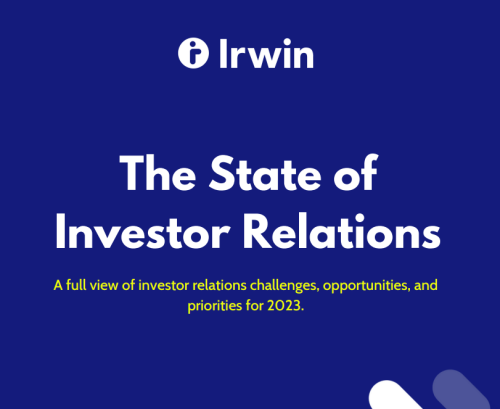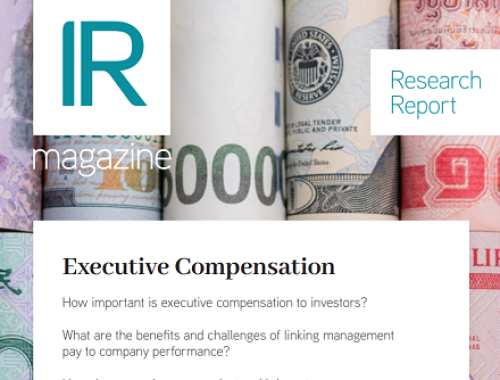Reporting, engagement and salesmanship separate the skill sets of the two roles
One of the key highlights for EMR’s IR team in 2015 was the rise in IR opportunities within the private equity (PE) space. The big question we get asked a lot by candidates is: what is the difference between publicly listed corporate IR and private equity IR?
The first observational difference is that an IR role within a PE firm can have many names including client servicing, investor relations, business development and fundraising; very often the roles are hybrids incorporating fundraising, investor relations, marketing and communications.
As a general ‒ and simplistic ‒ overview, closed-end fund investors are known as limited partners (LPs) and the fund manager is called a ‘general partner’ (GP). Once a new fund is raised by a GP, that GP has a requirement to report on the fund performance for the investors.
Reporting is one of the biggest differences between PE firms and public companies as it is not regulated by a set of public laws. Instead it stems from the limited partnership agreement that is the legal structure regulating the funds and signed by the GP and LPs. In addition, best practice guidelines have been issued by membership bodies such as Invest Europe, the Europe-wide private equity association, the British Venture Capital Association or the Institutional Limited Partnerships Association.
Reporting is usually done in the form of a quarterly report that is not in the public domain and is just distributed to the LPs. Contrary to corporate IR where the quality and in-depth analysis of the corporate’s sector is part of the regular flow of information to its investors, PE firms are sometimes limiting their disclosure requirements to the barest minimum. There is often a very restricted strategic update or the GP’s views on the market.
In some cases, the report contains only fund performance disclosure, and is much more formulaic and sometimes produced by fund accountants. There is no obligation to give equal information to the market; there is no consideration for materiality or disclosure obligations if one LP asks a detailed question and needs a response. There will be no press releases or RNS announcements, no presentations available on any website nor on any social media channels.
Investor contact is another key difference between the corporate and PE landscape: in corporate IR departments, IR will regularly lead investor roadshows with no senior management team present, while PE investors will often require a meeting with the senior partners in addition to the IR team.
The IR role within PE is also very heavily skewed to fundraising; in addition to having solid financial backgrounds, professionals will have to have strong sales abilities and be expected to grow their own network of investors across the PE industry. The PE IR role, which sometimes involves working with placement agents, does not involve share registrar work – there is complete transparency on how much LPs have invested.
There are, however, similarities between the skill sets of both IR types. Both focus on building and maintaining relationships with investors, and require exceptionally strong stakeholder management and communication skills. Roadshows, presentations to showcase the firm and preparing for and attending sector or company events and conferences are also part of both IR roles. And you will likely be responsible for competitor analysis, benchmarking of the sector and working closely on the AGM in both corporate and PE IR.
So what will the future hold for PE IR? There is some evidence that PE IR is ‘learning’ from corporate IR in many respects. The sophistication of LPs is increasing and, as such, they are demanding more from GPs in terms of frequency and detailed disclosures. With more investors in PE funds these days, it is likely PE groups will need to operate more of an institutional IR program with more processes and infrastructure around it similar to corporate IR.
Also, as more GPs become publicly listed entities themselves, there is also a growing requirement by these firms to learn and adopt the requirements of public disclosures throughout their operations.
Social media will increase transparency. While acceptance of these channels by GPs has been slower than in the corporate sector, as PE firms catch up they will probably be forced to disclose more information more regularly.
Therefore, it is very likely that PE IR teams will move up the curve, providing clearer messaging, communicating more strategic information and a consistent look and feel of reporting. This is what many investors want and what we believe should ‒ and will ‒ drive IR programs for PE firms.
Debbie Nathan is a principal consultant at recruitment firm EMR in London










